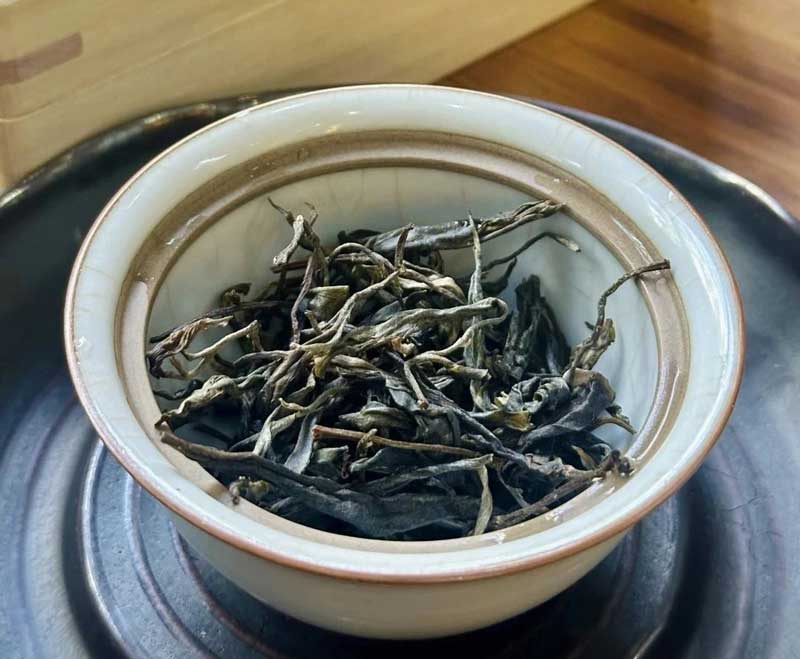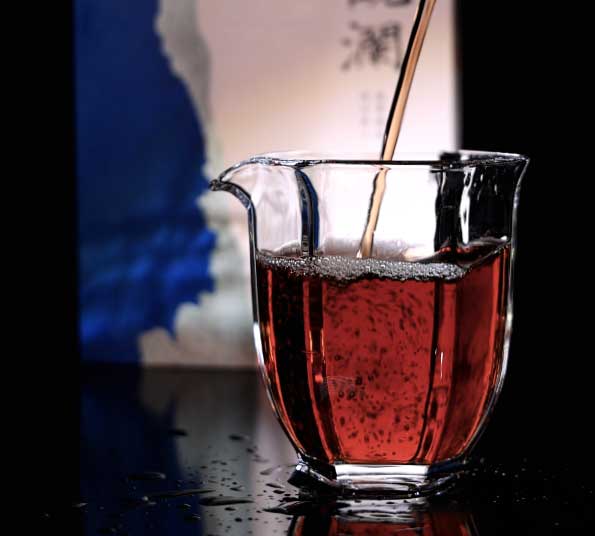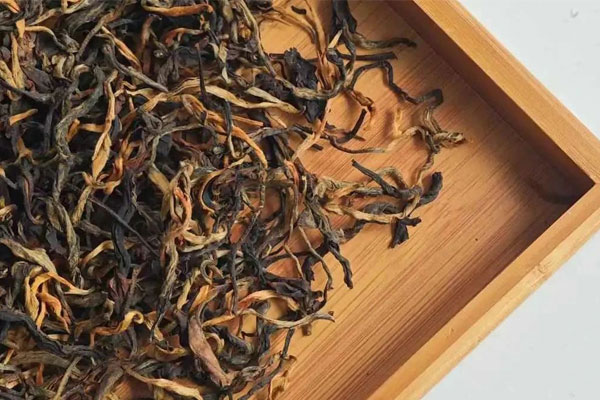When you open a can of fresh tea or pour hot water into a teacup, the pleasant aroma is no accident.
The formation of tea aroma is a precise chemical reaction that spans the entire process of tea tree growth, processing and brewing.
Let us analyze the true source of tea aroma from a scientific perspective.
◆ The tea tree itself: comes with its own "fragrance source"
The aroma of tea is first related to the variety of tea tree. Just like different flowers have different scents, different varieties of tea trees have different aroma substances in their leaves.
For example, the ancient Pu'er tree in Yunnan, China, has a lot of substances called terpenes in its leaves, and when it is brewed, it has a special woody fragrance and a fresh mountain smell; Tieguanyin in Fujian, China, contains a lot of esters, and it is easy to have an orchid fragrance after it is made.
In addition, the place where the tea tree grows will also affect the fragrance. In tea gardens with sufficient sunlight, the aroma of tea will be stronger; in mountainous areas with frequent clouds and fog, the aroma of tea will be more refreshing. This is why the same tea tree smells different when planted in Huangshan and in ordinary plains.

◆ Production process: "Accelerating" the aroma
The freshly picked tea leaves have only a little grassy smell, and it is the production process that changes the aroma.
Killing: This step is very important. When frying tea leaves at high temperature, the substances in the leaves that make the tea have a grassy smell can be removed, and a new aroma can be produced. However, the temperature and time of frying must be controlled well: if the temperature is not enough, the grassy smell cannot be removed; if it is fried for too long, it will have a burnt smell.
Fermentation: It will also change the aroma. Unfermented green tea basically retains the original fragrance of tea; slightly fermented white tea will slowly have the aroma of jujube and medicine after a period of time; fully fermented black tea has a sweet honey and fruity aroma because the substances inside have changed.
The roasting process of rock tea is more powerful. By controlling the temperature of the fire, it can produce a variety of aromas, from fresh fragrance to caramel fragrance, and then to wood fragrance.

◆ Storage time: The fragrance will "change". The longer some tea leaves are stored, the more their fragrance will change.
New Pu'er raw tea smells a bit bitter. After a few years, the tea polyphenols in it will slowly change, and the fragrance will become warm, with aged fragrance and wood fragrance;
The same is true for white tea. After a long time, the original grassy smell will become jujube fragrance and lotus leaf fragrance. This is what everyone says "one year tea, three years medicine, seven years treasure".

But be aware that the fragrance of tea is very "delicate". High temperature, humid environment, or strange smell nearby will make the fragrance run away.
So when storing tea, seal it well and put it in a cool and dry place, so that the fragrance can last longer.
Conclusion:
After understanding the source and formation mechanism of tea aroma, do you have a deeper understanding of the faint fragrance in the cup?
Every time you taste tea, you have an intimate contact with nature, a dialogue with the ingenuity of tea makers, and an exploration of the mysteries of chemistry.
The aroma of tea is not only a sensory enjoyment, but also a concentrated embodiment of tea culture and tea science.
Next time you taste tea, you might as well close your eyes and feel the ever-changing aroma carefully. It will tell you more stories about tea.

%20--%3e%3c!DOCTYPE%20svg%20PUBLIC%20'-//W3C//DTD%20SVG%201.1//EN'%20'http://www.w3.org/Graphics/SVG/1.1/DTD/svg11.dtd'%3e%3csvg%20version='1.1'%20id='图层_1'%20xmlns='http://www.w3.org/2000/svg'%20xmlns:xlink='http://www.w3.org/1999/xlink'%20x='0px'%20y='0px'%20width='256px'%20height='256px'%20viewBox='0%200%20256%20256'%20enable-background='new%200%200%20256%20256'%20xml:space='preserve'%3e%3cpath%20fill='%23FFFFFF'%20d='M194.597,24.009h35.292l-77.094,88.082l90.697,119.881h-71.021l-55.607-72.668L53.229,232.01H17.92%20l82.469-94.227L13.349,24.009h72.813l50.286,66.45l58.148-66.469V24.009z%20M182.217,210.889h19.566L75.538,44.014H54.583%20L182.217,210.889z'/%3e%3c/svg%3e)




